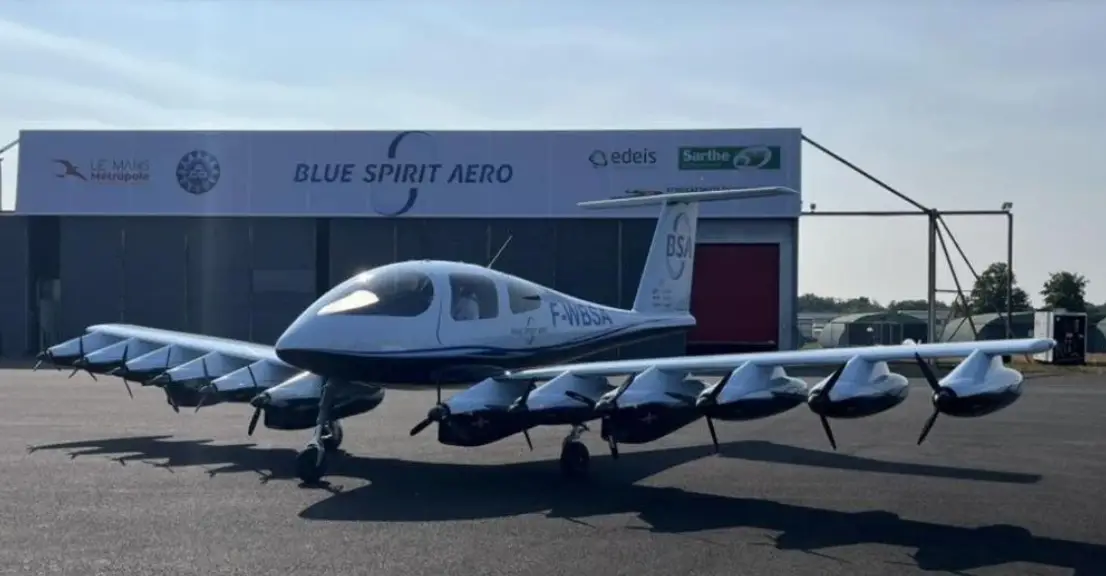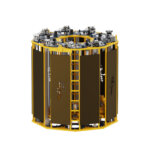Hydrogen Fuel Cells Lift Off: BSA’s Dragonfly Moves Closer to First Flight
Blue Spirit Aero’s hydrogen-powered Dragonfly completes taxi tests and targets a 2026 flight. A gamechanger for flight training, the zero-emission aircraft leverages hydrogen fuel cells and modular electric pods for cleaner, quieter, and efficient operations.


Blue Spirit Aero (BSA), a Toulouse-based innovator, is making serious waves in the future of aviation. In June 2025, their Dragonfly prototype—a sleek, four-seat aircraft designed with flight training in mind—cruised through another major milestone: successful taxiing tests. This isn’t just another eco-plane. The Dragonfly is powered by hydrogen fuel cells and features distributed electric propulsion across twelve modular pods. Each pod comes with its own motor, propeller, and fuel cell, giving the plane built-in redundancy and drastically cutting emissions. With a solid range of about 380 nautical miles and the ability to refuel in under 10 minutes, it’s shaping up to be a real contender for everyday aviation needs.
Toulouse Takes the Lead in Zero-Emission Aviation
This isn’t just big news for BSA — it’s a proud moment for France, especially Toulouse, which is quickly cementing its place as a hub for zero-emission technology in aviation. All eyes are now on the Dragonfly’s first flight test, locked in for early 2026. If all goes as planned, a commercial launch in 2027 isn’t far off. That means training fleets around the world could soon be embracing clean, quiet, sustainable energy in the skies. The success of this project is also nudging forward the necessary development of hydrogen infrastructure and updated regulatory guidelines to support this new way to fly.
Tech Partnerships Power the Future of Flight
Backing up their bold vision, BSA has teamed up with Dassault Systèmes to speed up development. Thanks to state-of-the-art virtual twin modeling, the prototyping process is moving quickly—something that’s crucial in this rapidly evolving sector. With innovations like these, fuel cell technology is breaking barriers, proving that sustainable aviation isn’t just on the horizon—it’s already taxiing for takeoff.
What's Your Reaction?



























































